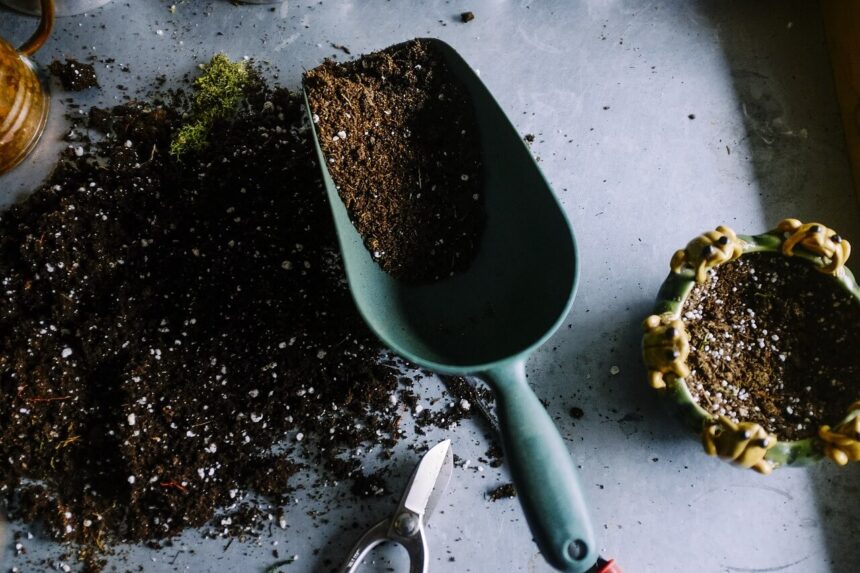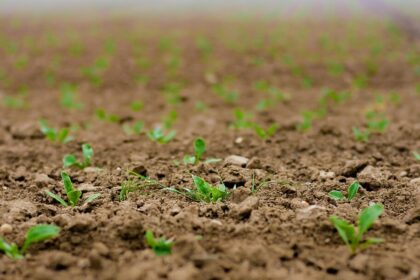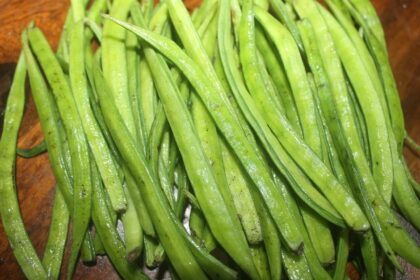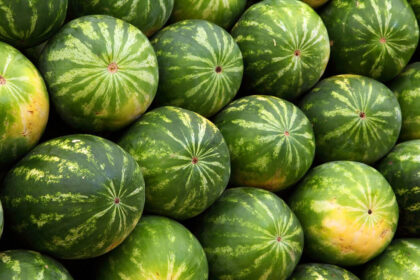Soil pest management is a preventive agricultural practice that involves biological, mechanical, chemical, and physical control methods to reduce pests in the soil.
Although integrated soil pest management has different methods, we will discuss the three most common ways shown below in this post.
- Biofumigation.
- Soil Solarization.
- Biosolarization.
Related:6 Types of Fertilizers in Kenya and their Uses.
Top 3 Methods Used in Soil Pest Management
As seen from the definition above, soil pest management’s primary goal is to eliminate or reduce the population of pathogens in the soil. Some of you may be asking what kind of pests exist on Earth.
Here are some of the most common fungi and bacteria in the soil. Never mind their names.
- Nematodes
- Fusarium.
- Phytophthora
- pythium
- Verticillium and Rhizoctonia
Although some pathogens may be helpful in soil aeration, most of these organisms that inhabit the soil can cause considerable losses in crop production. Let us look at the above methods used to combat soil pathogens.
Biofumigation
Biofuigation is a soli management practice that involves applying a large amount of organic material to the soil. This technique requires 5kg per meter square of organic matter.
This process aims to generate gas from the decomposition of organic material to control soil pathogens. This natural material can be fresh manure from animals or crops after harvest.
How does this work?
It is simple; the decomposition of the organic matter will release ammonia gas in animal manure. Remember, the fresher the slurry, the higher the emission of ammonia.
If you use crop manure, isothiocyanate molecules are released into the soil. On the other hand, if the organic matter is harvested from cruciferous vegetables, it will produce ammonia and phenols.
I hope you are not excited about the choice of big words; I can’t explain it, and I believe you understand.
The fumigant activity resulting from the decomposition of this matter is usually selective.
Because the volume of the gases released in the biofumigation process necessary to eradicate the pathogens is approximately thirty times less than that required to affect pathogen-antagonistic fungi. 🙂
Soil Pest Management – Solarization
The solarization pest management technique merely mulches the soil in a specific way.
To use this method efficiently, a transparent plastic cover(paper bag) on top of the mulch during hot, humid conditions to help increase the soil’s temperature.
Solar radiation from the sun passes through the plastic cover, is converted into heat, and transmitted to the soil.
The soil, however, does not emit radiation into the plastic sheet. Therefore higher temperatures are achieved.
Chemical, physical, and biological changes take place. This, in turn, causes the reduction or disappearance of many soil pathogens.
On the other hand, it is equally important to note that this technique’s success largely depended on radiation and temperature.
With this in mind, pathogens die in the soil rapidly at temperatures of 50ºC. The time necessary to cause these deaths depends on the species in question and the sensitivity/heat resistivity of the species.
Biosolarization
The last method used in soil pest management is Biosolarization, which combines two methods.
This combination achieves higher temperatures than those produced with classical solarization and accumulates a tremendous amount of gases under a single roof.
Conclusion
Various soil pest management methods are available to farmers, and the best approach depends on the specific pests in a given area.
Chemical control is often the most effective method for dealing with severe infestations, but biological control can also be used to reduce populations of certain pests. Cultural practices like crop rotation can also help minimize soil pests’ impact.
Ultimately, the best approach to managing soil pests is to combine several methods to achieve the best possible results.













